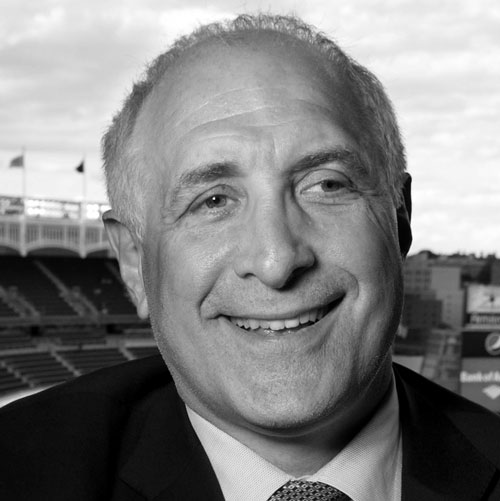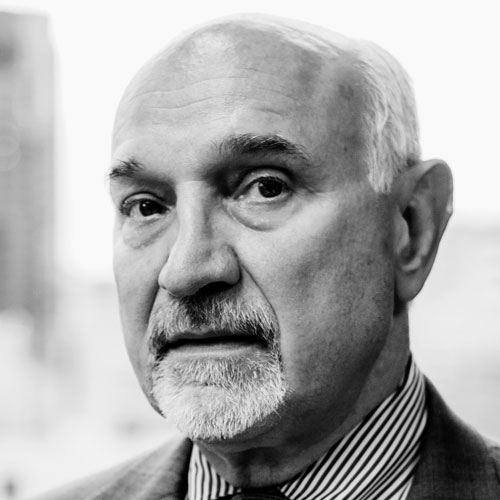“Supply chain” is a vague term. What exactly do you do?
Jim Hardy: I bring products from concept to the customer’s shelf. Once a designer has come up with a new idea, my department puts it into a technical document that a manufacturing plant can understand, sources a manufacturer, and distributes the product to the final customer.
Tell me about the technical document. It’s basically a pattern, right?
Hardy: Yes, a pattern, but one with a lot of technical specificity around things like stitch size and fit standards, how you scale from small to medium to large to extra large.
I never would have imagined so much was involved.
Hardy: We’re a company that’s known for fit and function, so technical development is an important part of giving the consumer a consistent experience. When you buy an extra-large polo shirt or a pair of shorts, you’ll get the same fit every time. It’s a real skill-set. We take folks out of school who study apparel, but we still have to train them significantly.
What other challenges do you face from a supply-chain perspective?
Hardy: There are two things. First, we’re celebrating our nineteenth consecutive quarter at growth that’s greater than 20 percent. How do you plan for and manage that growth? How do you find the manufacturing sources? How do you maintain quality and corporate social responsibility? The second challenge is one that innately comes into the supply chain for a brand that’s been as successful as Under Armour. How do you maintain scale and deliver quality products on time?
Any tips for doing that?
Hardy: You have to send a consistent message to the front of the house. Don’t think of your creative partners as part of the problem; think of them as the solution. They understand our consumer and are growing our business. We just have to bring them information in a way that allows them to make the right decisions to manage complexity.
It must be particularly challenging when much of your growth is abroad and your supply chain is global.
Hardy: In 2014, our international business grew by 97 percent. Being able to get into new countries, understanding the range of product to take there, and deciphering compliance issues around labeling and such, is significant. Most of our suppliers are also international.
How do you meet that challenge?
Hardy: It helps that I have international expertise. I graduated from the University of Florida with a degree in industrial engineering, and worked as a US nuclear submariner, a reactor operator, before going into manufacturing. My first job in the field was with Procter & Gamble for fifteen years, and during seven of those I was based in Asia: first in China, then in South Korea. After that, I worked at Clorox and Con-Agra, where I also gained experience with a global supply chain. Understanding what it’s like to do business outside the United States has helped me form relationships and nurture partnerships.
Did you always intend to work in supply chain?
Hardy: I’ve always enjoyed manufacturing, and learned supply chain through the course of my career, but I certainly never intended to be in the apparel industry. It’s an incredibly fun place to work, though. It changes every day. It brings a lot of complexities and challenges, but you get the chance to reinvent the line, so at the end of the day, it stays fresh. And the culture is great. We believe that culture eats strategy for breakfast. It’s a real culture, it’s a raw culture, it’s a direct culture, but it’s also a team-based culture. When there’s a fumble, we don’t try to figure out who fumbled; we see the ball on the ground and get on it.
Do you have any new initiatives planned?
Hardy: One area of focus we call “the need for speed.” Once we have a technical package ready to go, how long does it take to source it, make it, transport it, and get it to a wholesale partner? In order to be close to the trends, we have to be faster to market, and to do that we need to shorten the supply chain by as much as 30 percent over the next three years.
Any tips for someone seeking to follow in your footsteps?
Hardy: Understand the trade-offs you’re willing to make to be successful personally as well as professionally. By that I mean, don’t be a victim of the quest for work-life balance. You own it. You know how successful you want to be, and you need to understand the trade-offs of your goal.














